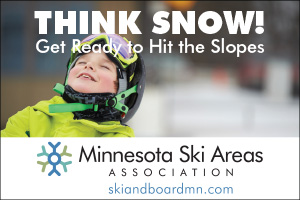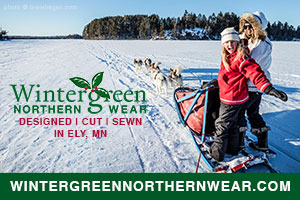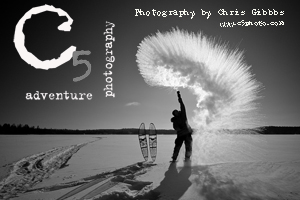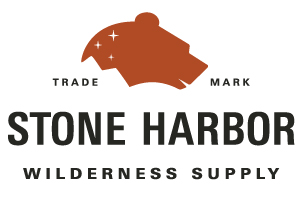Dogsledding, From Novice to Marathoner
Dogsledding is one winter sport that not many people have tried. It can be expensive and a bit clunky to try. But for those who make the effort, it may just be the best winter sport you have ever experienced! To give you the 101 on dogsledding, let me tell you what I have learned. I went from being a novice, beginner, greenhorn, whatever a person is that has never really done this, to running a sled dog marathon after just five months of training.
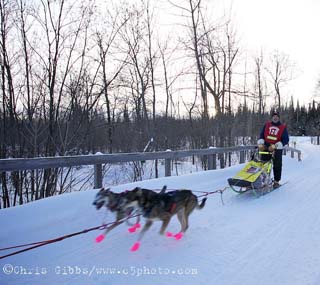
The fist thing anyone has to learn about this sport is that the dogs are a different breed. They are not your normal house pet. Most sled dogs are Alaskan Huskies, smaller than other types of sled dogs and much faster. They have been bred for speed, temperament and longevity. These sled dogs won’t sit, stay or roll over, but they will run for 30 miles without stopping! They are built to run and pull. Their heart and lungs are twice the size of a wolf which allows them to process oxygen for longer periods of time. They are true athletes and your job as a musher is to protect them from running too far and too fast, especially downhill. They can get hurt going at fast speeds on downhills, so you, as their protector, must ride the brake so that they are not running, but trotting, on downhills.
The next lesson is learning how to hook them up properly and quickly! You usually run with 6, 8, 10 or 12 dogs. Usually set up in pairs, from the front to the back are; lead dogs, point dogs, team dogs and wheel dogs. And, usually fastest to slowest. Once the harnesses go on the dogs and are attached to the gang line (the main line from the sled to the lead dogs) they will start going nuts! They are excited to run and pull. This is where mishaps can occur if they are left in a frenzy too long. Then, hook up their tug line (from the back of their harness to the gang line) and their neck line (from their collar to the gang line). Once all dogs are double-checked, off you go, but go slow because the dogs are fresh and will want to go at their top speed. Your job here is to ride the brake a bit to slow them down or they will run themselves out of power too fast.
Your next step will be learning the commands. “Hike” means go, “Whoa” means stop, “Gee” means go right, and “Haw” means go left. A good lead dog will abide by your commands and turn the direction you want. This, to me, is the most fun part of dog sledding. You are working with your team to accomplish something through voice commands. You are a team and must work together to have a successful run.
Watching the dogs work together is an amazing spectacle. Learning each dog’s name, their strengths, and weaknesses is part of your journey. Going just once will be fun. Going back for more, you will be amazed how much there is to learn, and how rewarding it becomes the more you know and understand the dogs and this wonderful winter activity. In this sport, you never stop learning.
Be advised: you will fall in love with the animals if you spend any time at all with them on the trail. They are one of winter’s best kept secrets and can truly bring you some winter fun!

